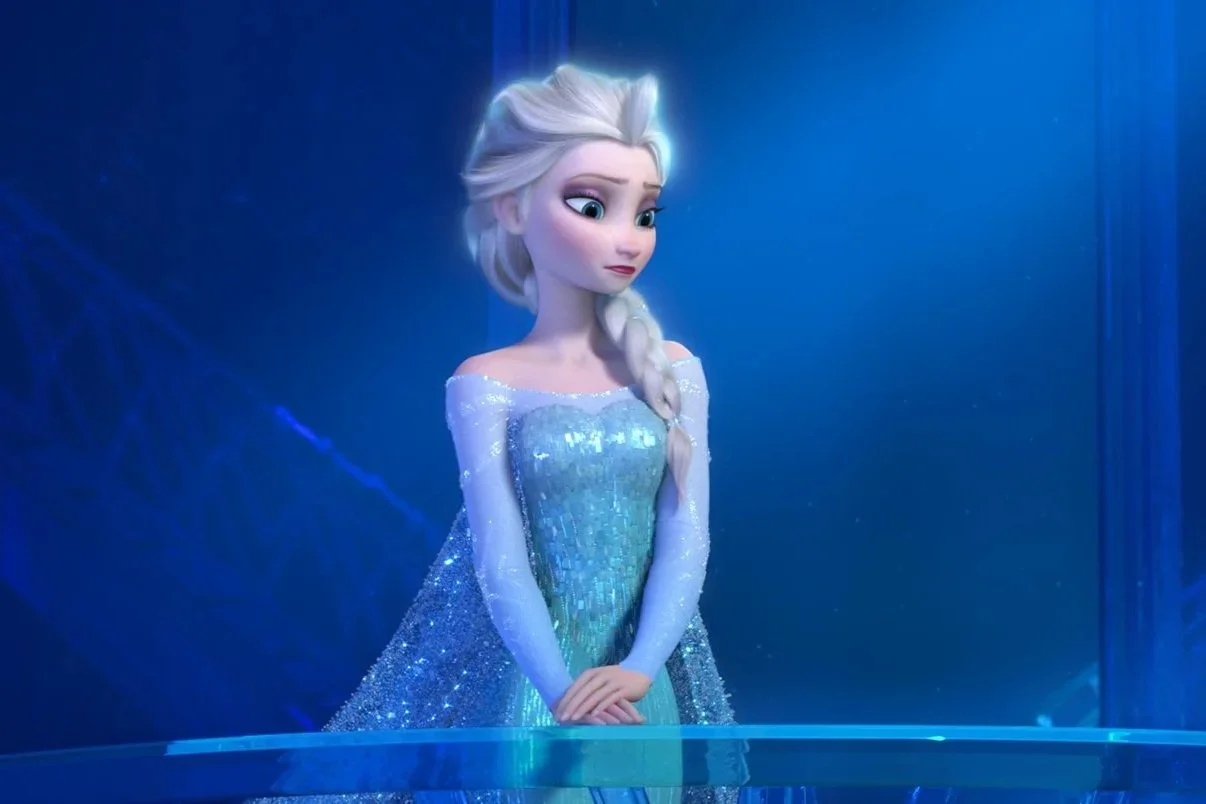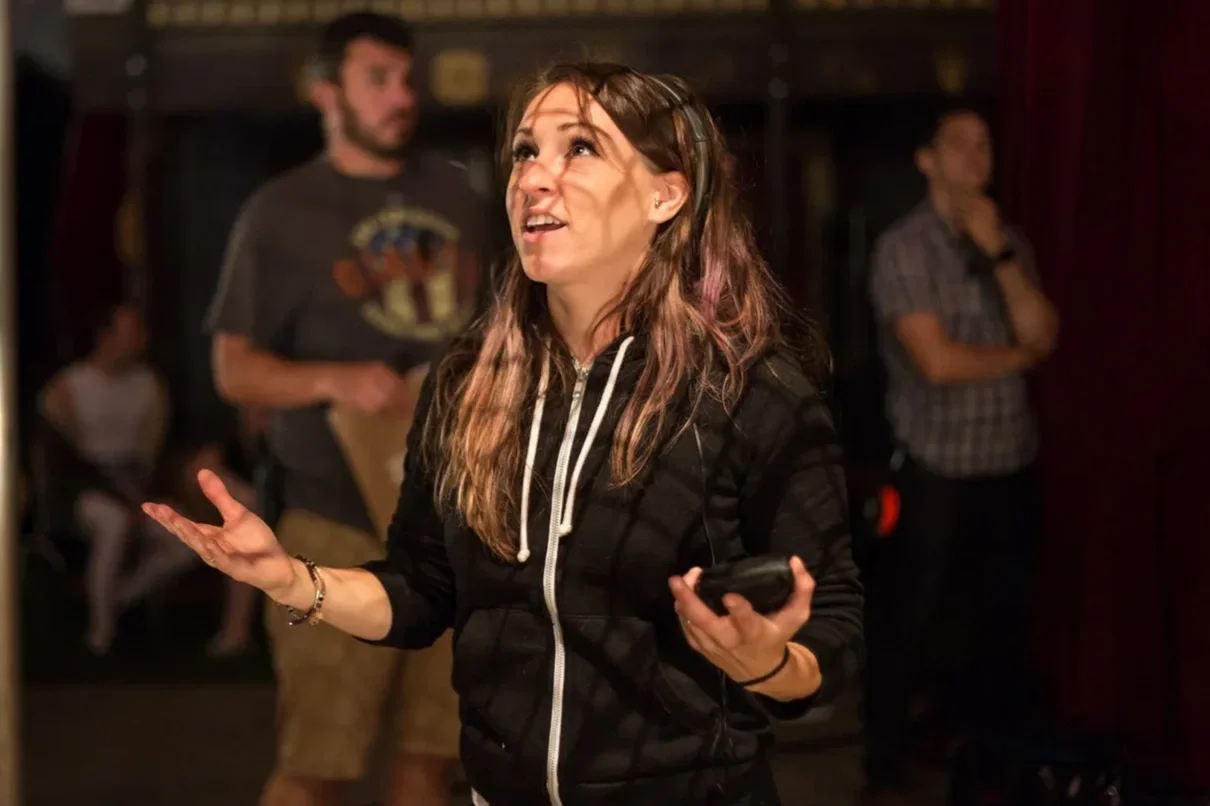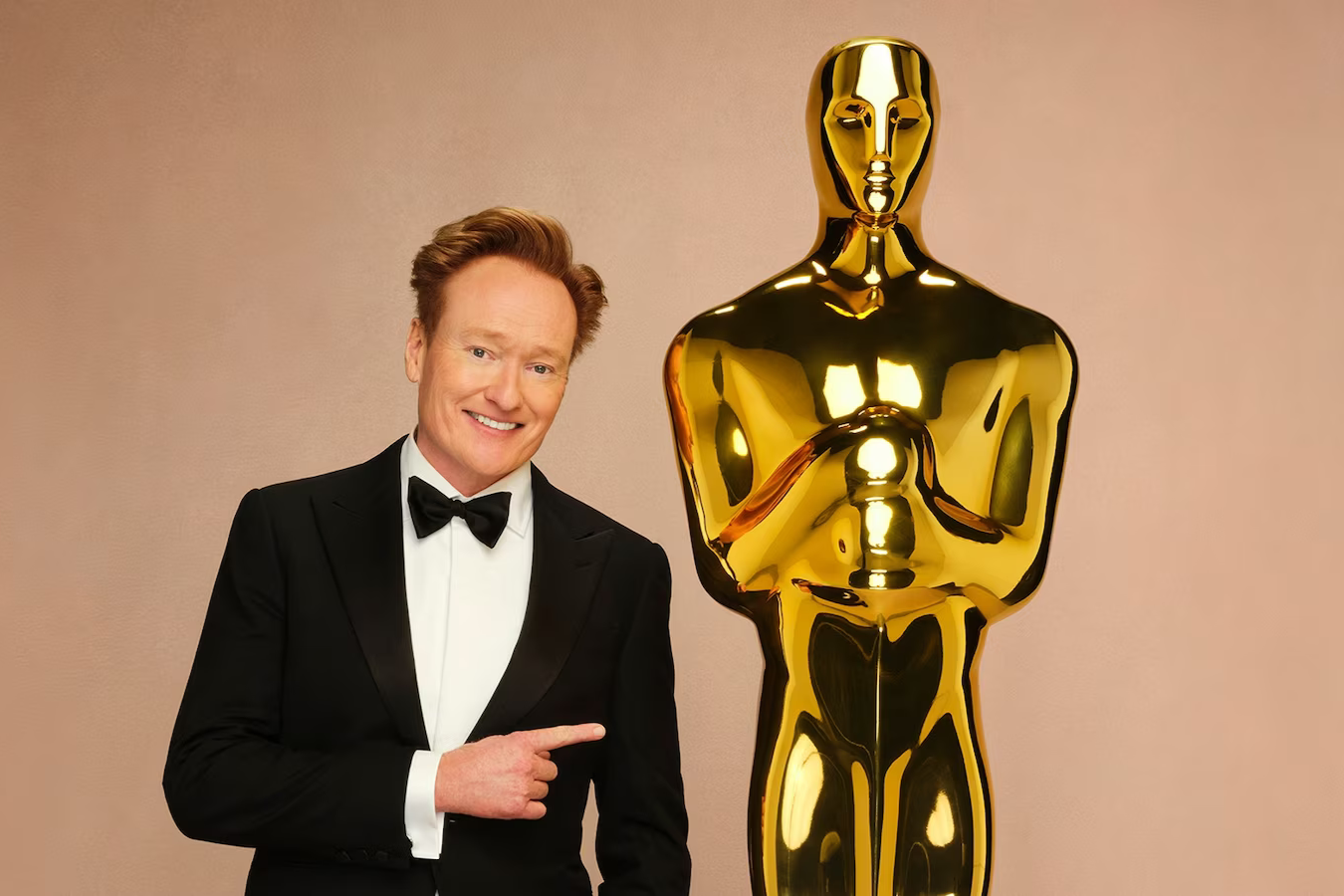Michael Hirsh: A Look At The Canadian Animation Legend’s Business Ventures And Storytelling Magic
People around the world all have one thing in common: a love for watching cartoons. As a chid, sometimes you’d flick through the channels to catch episodes of ‘Little Bear,’ ‘Babar,’ ‘Rolie Polie Olie,’ ‘The Berenstain Bears,’ or ‘Franklin,’ and Michael Hirsh and Nelvana are to thank for many of the iconic cartoons that premiered to Canadian audiences.
Michael Hirsh’s new book, ‘Animation Nation: How We Built A Cartoon Empire,’ tells the animation giant’s story, dominating the Canadian animation landscape for decades.
‘Animation Nation: How We Built A Cartoon Empire’ by Michael Hirsh (Sutherland House Books).
We caught up with the animation legend and businessman back at Toronto’s 2024 Fan Expo in August, and took a glimpse into Hirsh’s story, and what made him the “legend” we know him as.
As a kid, Hirsh often went to the theatre for hours at a time, watching animated theatrical shorts, in which he accredits this being his “introduction to animation.” Hirsh attended York University in Toronto, where he started creating and experimenting with animation (outside of his major). He quickly found himself drawn to the burgeoning world of animated storytelling, that would ultimately set him on a path toward creating some of the most iconic animated content of his generation.
Hirsh co-founded Nelvana with Patrick Loubert and Clive A. Smith back in 1971, with a core focus on animation. The Canadian studio got its name from Canadian female comic book hero Nelvana of the Northern Lights, one of the comic books they acquired from Canadian Whites — a catalogue of published World War II-era comic books.
Nelvana is not to be confused with Nirvana, which is a famous 90s grunge group from Washington. Hirsh mentioned Nelvana had preexisting trademarks when Nirvana sought out to trademark their own name. Nelvana originally objected the band’s urge to trademark due to similarities, but later granted Nirvana the right to do so as long as they remained strictly in music to avoid brand confusion.
Though coming up against hefty competition with Disney, Hirsh says Nelvana’s goal was to bring high-quality animation back to television, as Disney had no TV division at that time. Most of the cartoons aired on TV were from American animation studio Hanna-Barbera (‘The Flintstones,’ ‘The Jetsons,’ ‘Super Friends’), though Hirsh says they (Hanna-Barbera) had “declined in their quality of animation” and focused on making as much money as they could.
Hence, Nelvana found a gap in which they could conquer.
In 1977, Nelvana released an animated sci-fi Christmas special for TV titled, ‘A Cosmic Christmas.’ The special was distributed in both the U.S. and Canada, catching the eye of George Lucas, who then reached out to Nelvana while they were busy working on ‘The Devil and Daniel Mouse.’
Lucas hired Nelvana to produce a cartoon for the Star Wars Holiday Special titled ‘The Story of the Faithful Wookiee,’ that was broadcast on November 17, 1978. The cartoon introduced Boba Fett 2 years before the character’s live-action film appearance in 1980s ‘The Empire Strikes Back.’
Hirsh worked on 1983s ‘Rock & Rule,’ a musical fantasy film, featuring original music by Debbie Harry, Lou Reed, Iggy Pop, Cheap Trick & Earth, Wind and Fire.
Rock N’ Rule - ©Nelvana Limited. All rights reserved.
Nelvana's first major breakthrough came in the 1980s with ‘The Care Bears.’ The Care Bears franchise began as a series of greeting card characters, but Nelvana transformed it into a full-fledged media empire. Hirsh and his team produced ‘The Care Bears Movie’ (1985), which became the highest-grossing non-Disney animated film at the time. This success helped cement Nelvana’s reputation as a leading player in children's animation.
In the same decade, Nelvana co-produced the animated television series ‘Inspector Gadget’ (1983), which became an international sensation. While the series was created by Bruno Bianchi, Jean Chalopin and Andy Heyward, Nelvana's involvement was crucial in bringing the character to life through high-quality animation and storytelling.
Both ‘The Care Bears’ and ‘Inspector Gadget’ helped Nelvana to expand its reach, allowing the company to work with major networks and distributors in the United States and Europe. Hirsh’s business savvy played a key role in securing these partnerships, as he understood the importance of co-productions and international markets in building a sustainable animation business.
After the success of ‘Beetlejuice’ (1988), Tim Burton developed a ‘Beetlejuice’ animated series (serving as an executive producer), and the production was provided by Nelvana, The Geffen Film Company and Tim Burton, Inc. The series premiered on September 9, 1989, on ABC.
“Tim liked us for all the right reasons. He loved how much of the work we did in our studio in Toronto, which gave us more artistic control of the look of his show. He also really liked the development that Ted and Patsy (story editors) had done, especially the idea of having Beetlejuice metamorphose into objects that would be identifiable by his black and white striped costuming,” Hirsh says about working on the animated TV series in his book ‘Animation Nation.’ “Tim also liked that we were going to produce some sequences for each episode using computer animation, still in its early experimental days, to give a multi-media look to the show.”
Beetlejuice - Licensed by Warner Bros. Discovery. All rights reserved.
The 1990s saw Nelvana continue its upward trajectory with a slate of successful animated television series. Under Hirsh's leadership, the company produced shows like ‘Babar,’ ‘Rupert,’ and ‘The Magic School Bus’ (a co-production with Scholastic Entertainment), all in which became staples of children's television programming.
‘Babar’ (1989–1991), based on the popular French children's books, was one of Nelvana's most iconic productions during this time. The series was praised for its charm and high quality animation — which aired internationally, becoming one of the studio’s most successful ventures.
‘The Magic School Bus’ (1994–1997) combined education and entertainment in a way that captivated young audiences while satisfying the educational standards of broadcasters. Hirsh and his team were ahead of their time in recognizing the potential of "edutainment" — a genre that has become increasingly popular in children's media today.
Magic School Bus - Courtesy of Scholastic Entertainment Inc.
One of Hirsh’s favorite productions is ‘Rolie Polie Olie’ (1998 - 2004), in which he played a key role in the development and production of the popular children's television series. He was one of the executive producers of the show, produced under Nelvana, and co-produced with Métal Hurlant Productions and Disney Channel.
Hirsh was instrumental in bringing the show to life through Nelvana's animation expertise, as ‘Rolie Polie Olie’ was one of the first fully CGI-animated TV shows aimed at preschoolers, and gained popularity for its unique animation style, whimsical storytelling, and heartwarming themes. The show won several awards, including a Daytime Emmy for Outstanding Special Class Animated Program.
Rolie Polie Olie - ©Nelvana Limited. All rights reserved.
Nelvana was sold to Corus Entertainment in 2000 for a reported $540 million. Hirsh explained the reasoning behind selling Nelvana was to join Canada’s largest children’s channel, which at the time was Corus.
Two years after Nelvana merged with Corus, Hirsh acquired the remnants of Cinar Corporation after their major legal troubles, and became CEO — rebranding as Cookie Jar Entertainment. As Hirsh put it, “I wanted to take the cin [“sin”] out of Cinar.” After all, Cookie Jar is far more appropriate for children.
Cookie Jar specialized in children's entertainment and the company established itself as a major player in the industry, acquiring popular brands like ‘Arthur’ and ‘Caillou,’ two shows that became household names for young audiences worldwide.
Caillou - Courtesy of WildBrain. All rights reserved.
In 2012, Cookie Jar was acquired by DHX Media (now known as WildBrain), a move that once again demonstrated Hirsh's ability to foresee industry trends. By merging with DHX, Hirsh helped create one of the largest independent children's entertainment companies in the world. The newly formed company had a massive library of children's content, which included iconic titles like ‘Teletubbies,’ ‘Inspector Gadget,’ and Teletoon favorite; ‘Johnny Test.’
In fact, ‘Johnny Test’ was Cookie Jar’s turning point. Warner Bros. auctioned off the rights to produce the animated show, and Hirsh served as executive producer for seasons 2–6 with Cookie Jar. The show became global hit for broadcasters around the world including Cartoon Network, Teletoon (since bought by Cartoon Network) and Netflix.
Johnny Test - Courtesy of Wildbrain. All rights reserved.
Hirsh remained with DHX Media after the acquisition, and was appointed Executive Chairman and served on the board. His leadership during this period was instrumental in positioning DHX/WildBrain as a powerhouse in children's content, particularly in the age of digital media and streaming platforms.
Michael Hirsh's career is a testament to the power of vision, creativity, and entrepreneurship. Through Nelvana, Cookie Jar, and DHX Media, he has made an indelible mark on the animation industry, particularly in children's entertainment — though, audiences of all ages have enjoyed his works. His ability to balance artistic integrity with business acumen allowed him to build some of the most iconic animated franchises of the past four decades, while also creating a lasting legacy for Canadian animation. Today, his influence can be seen in the countless animated shows and films that owe their existence, at least in part, to the groundwork that he helped lay.
TRENDING NEWS


















